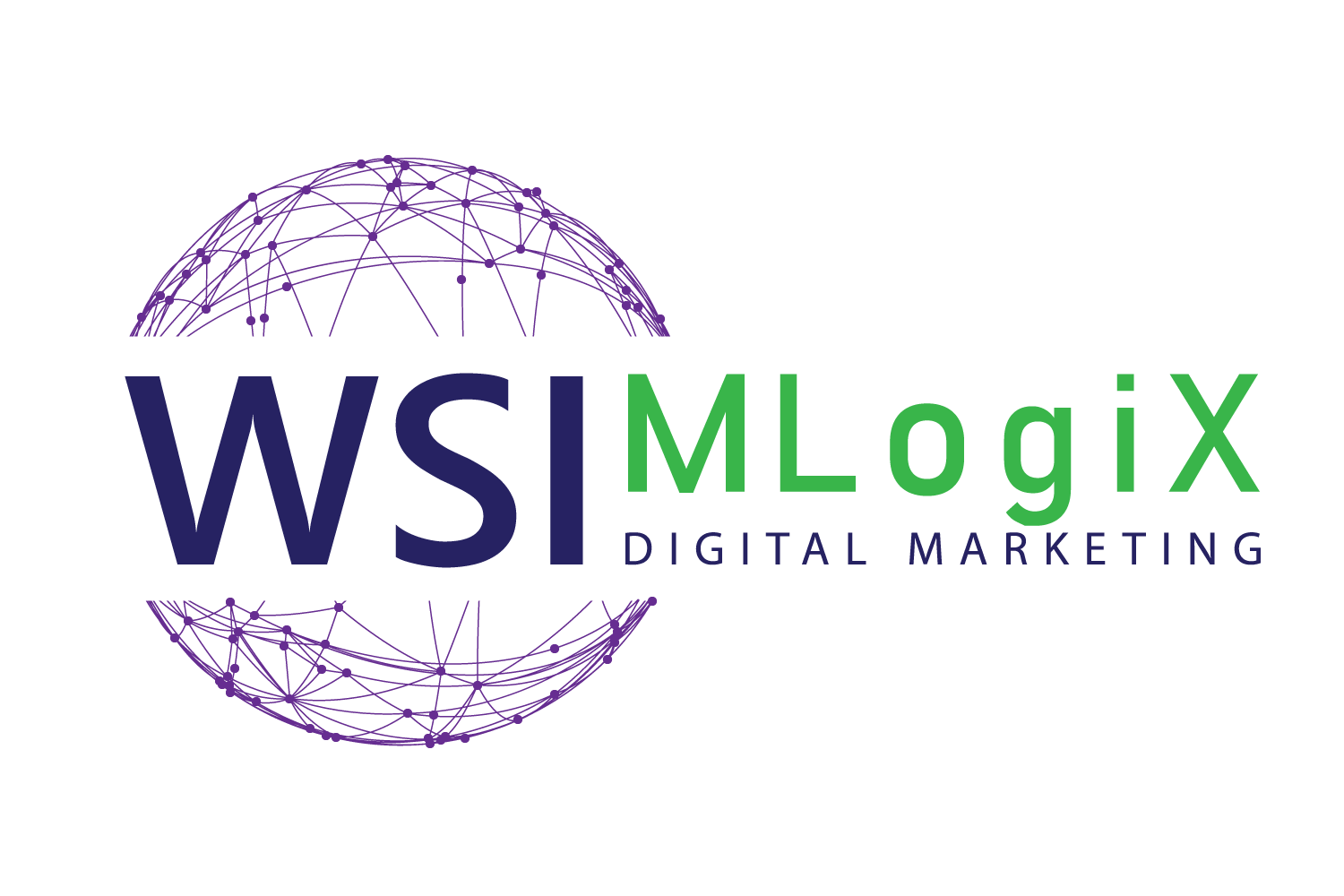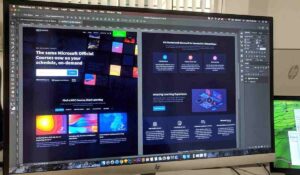Great design is measured by revenue and leads, not page views. If you’re buying traffic through paid search advertising, every wasted click is money left on the table, so your pages must steer visitors to a clear action with as little friction as possible. Conversion‑focused design treats every pixel, word, and interaction as a hypothesis to be tested.
Lead with clarity, not cleverness
People scan before they read. Eyetracking research shows users gravitate to the top and left areas of a page, forming the well‑known F‑pattern. Put your value proposition and primary call to action where eyes actually land, keep headlines plainspoken, and match the language of your ads or emails. Loop in your Google Ads experts so headline, offer, and intent line up perfectly from ad to landing page.
Checklist
- One core promise above the fold
- A single, visually dominant CTA
- Supporting subhead that answers “who is this for and what do I get?”
Make calls to action impossible to miss
Buttons convert when they look like buttons, read like actions, and sit in open space. Use high contrast, strong verbs, and adequate size. Place primary CTAs where motivation peaks: near benefit statements, pricing tables, and at the end of forms. If you’re the Google ads consultant on the team, bring the same discipline you use to write ad copy to your on‑page CTA labels.
CTA quick wins
- Action-first labels: “Get my quote”, “Start free trial”
- Consistent color for the primary action across the site
- Microcopy under the button that removes risk (e.g., “No credit card required”)
Engineer speed, stability, and responsiveness
Slow, jittery pages kill intent. Google’s Core Web Vitals focus on three user‑centric metrics: Largest Contentful Paint (LCP), Cumulative Layout Shift (CLS), and Interaction to Next Paint (INP) — which replaced First Input Delay (FID) in March 2024. Aim for “good” thresholds across all three to satisfy users and align with what Google’s ranking systems reward. Teams inside a Google Ads agency San Francisco Bay Area spending serious budgets already know: shaving milliseconds often beats writing another ad.
Do this next
- Serve properly sized, compressed images (modern formats like AVIF/WebP)
- Preload critical fonts and hero images
- Reserve fixed space for dynamic components to avoid layout shifts
- Monitor real‑user data, not just lab scores
Strip friction out of forms and checkout
Every extra field introduces drop‑off. Cut nonessential inputs, use inline validation, and explain why you’re asking for sensitive data. Place trust signals directly next to credit‑card fields, not in the footer; proximity matters for perceived safety. For ppc management teams, no leak is costlier than a form that scares off high‑intent visitors.
Form fixes
- Auto‑format credit card numbers and phone fields
- Let users paste one‑time codes
- Offer guest checkout and passkeys or email‑based login
- Show total cost, shipping, and taxes early
Respect cognitive load with clean information hierarchy
Typography, whitespace, PPC services for small business, and consistent patterns guide users far better than ornate graphics. Use short paragraphs, bullets, and meaningful subheads so visitors can decide quickly if they’re in the right place.
Social proof and risk reducers where decisions happen
Place testimonials, star ratings, client logos, guarantees, and security signals at the points of hesitation: near pricing, next to forms, and inside the cart. Don’t bury them on a generic “Testimonials” page. Research on checkout UX shows that users only perceive the parts of the page that look secure as secure — design for that perception.
Treat design like a perpetual test bench
Great teams don’t “finish” a site; they improve it. Borrow the habit loop you use for Google Ads optimization: measure, hypothesize, A/B test, ship, repeat. Track conversion events in GA4, study real‑user Core Web Vitals, review heatmaps and session recordings, and run structured experiments on copy, layout, offers, and friction points.
Quick roadmap you can ship this quarter
- Message match audit: ensure every landing page headline mirrors the promise and keywords from the ad group or email with the help of a Google ads consultant. (Ask your Google Ads experts for the top-performing queries and copy variants.)
- Core Web Vitals tune‑up: fix LCP, CLS, and INP regressions using field data, not synthetic tests.
- Form surgery: delete a third of your fields, tighten validation, and move trust indicators next to sensitive inputs.
- CTA standardization: one style, one color, action-first labels. Test placement and copy.
- Experiment cadence: a weekly or biweekly A/B test calendar, prioritized by potential impact and ease.
A conversion‑focused site is not about tricks. It’s about clarity, speed, trust, and relentless iteration. Apply the same rigor you use to optimize ad spend to the page experience itself, and the gains compound.




